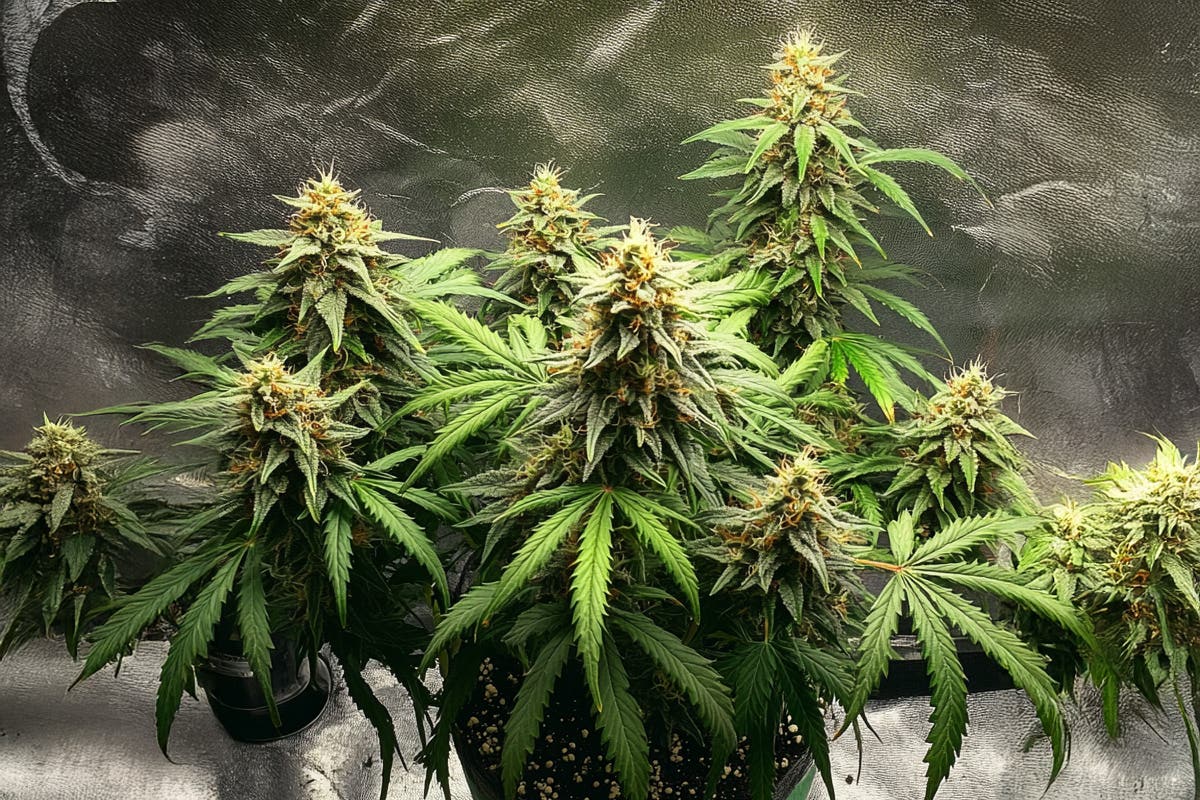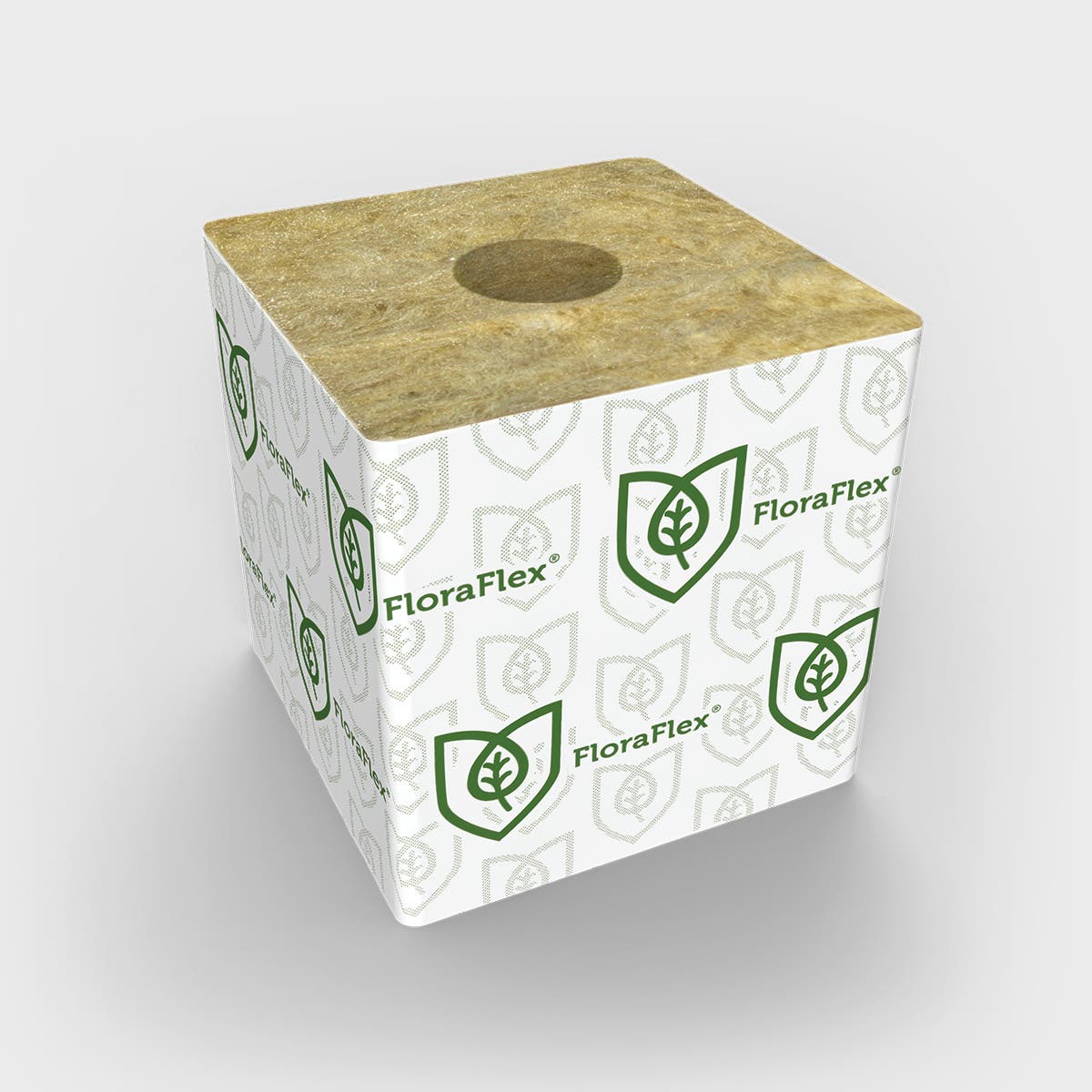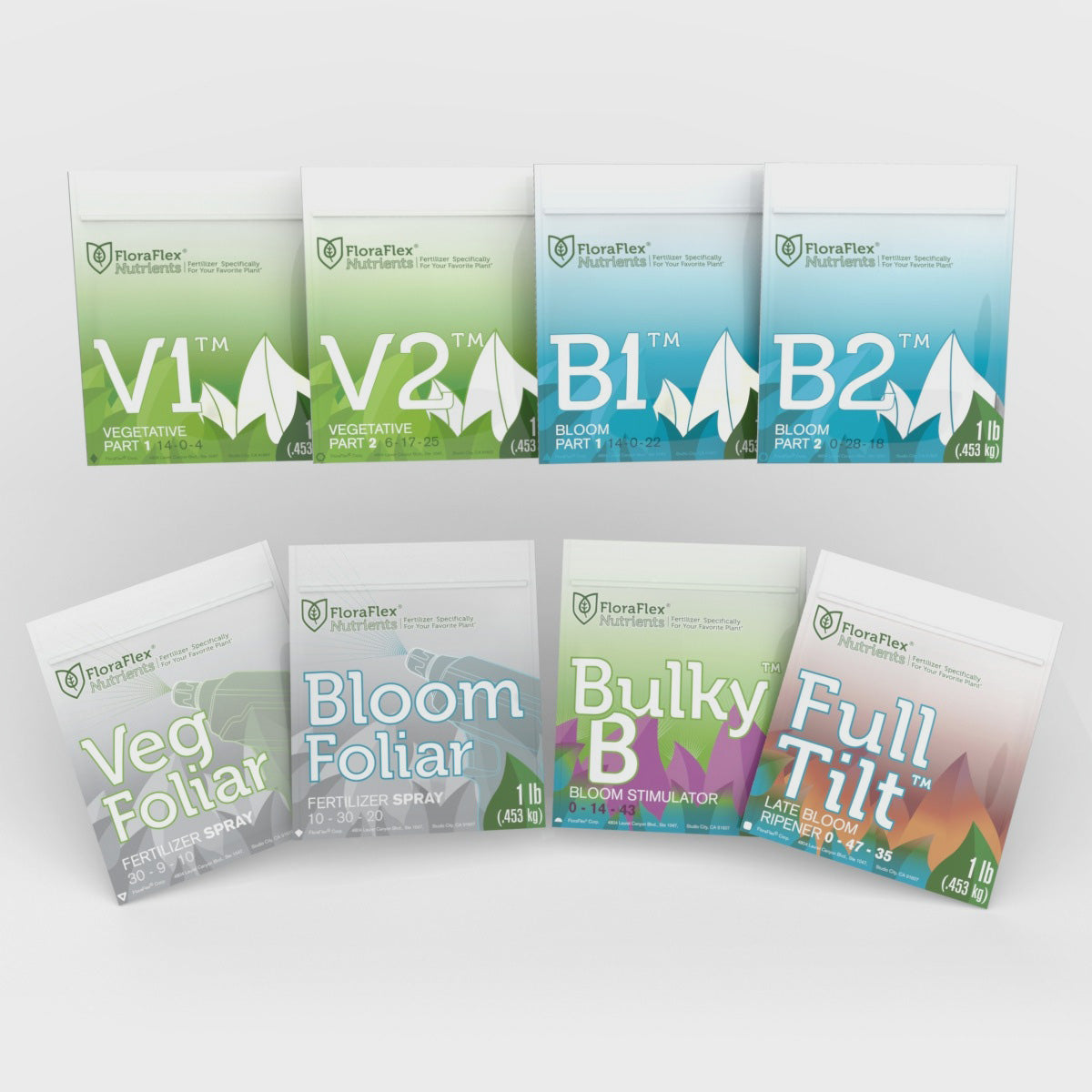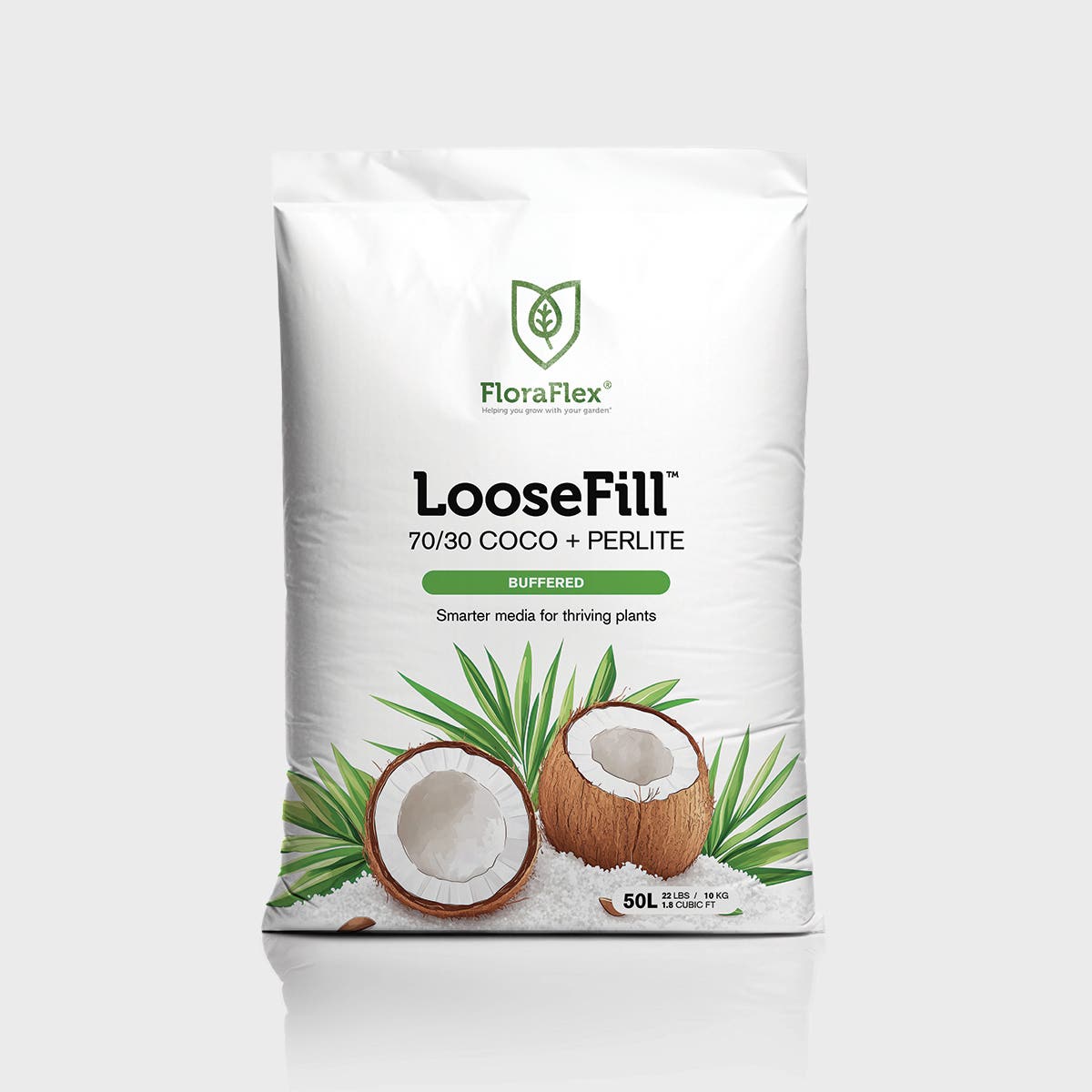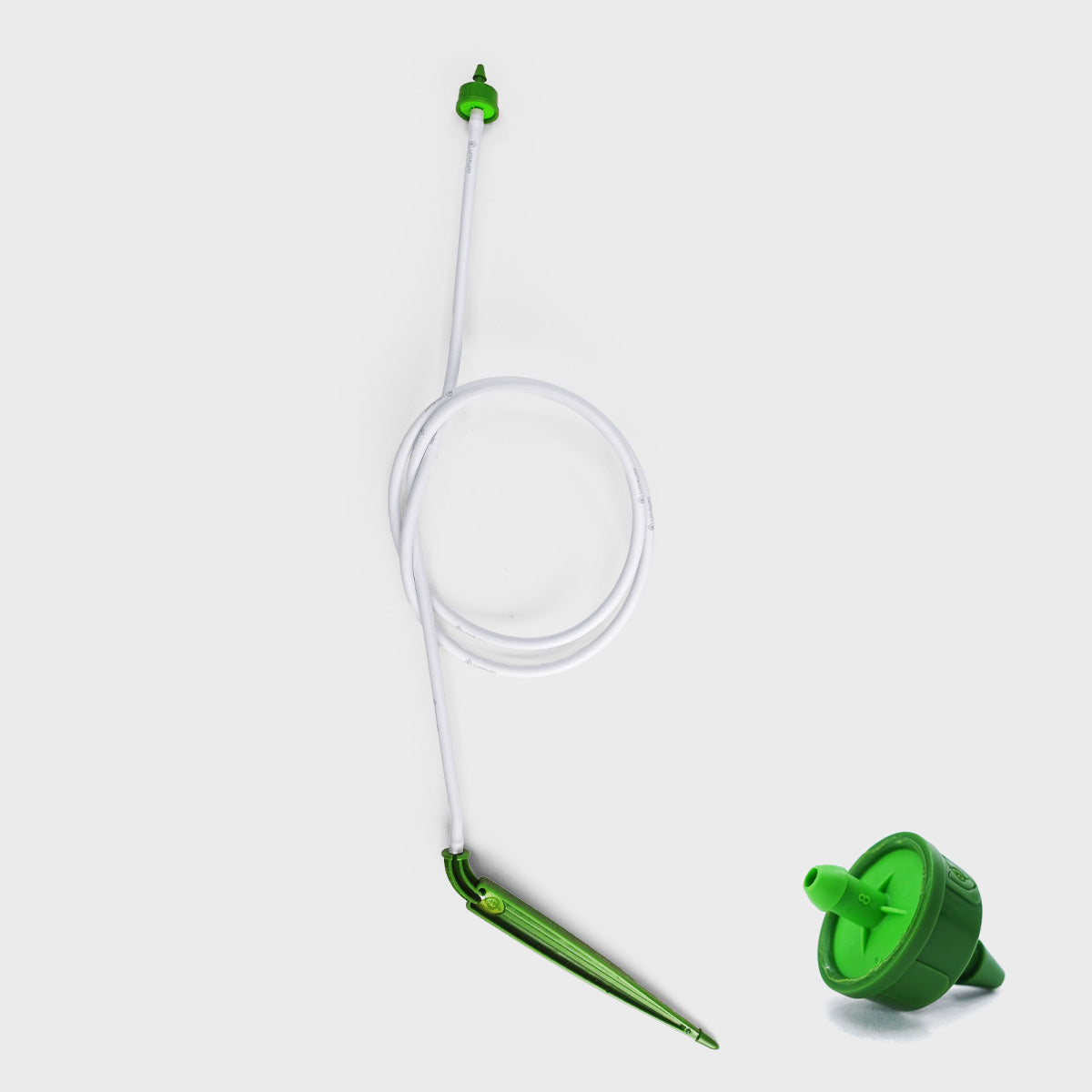Demystifying Cannabis Training and Pruning Techniques
Cannabis cultivation, whether for recreational or medicinal purposes, has evolved into an art and science in its own right. Central to this practice are various training and pruning techniques that optimize plant health and yield. Through this exploration of cannabis training and pruning methods, we aim to unveil the mystery and reveal the expertise behind this compelling facet of horticulture.
1. Understanding Cannabis Training and Pruning
“Give me six hours to chop down a tree, and I will spend the first four sharpening the ax,” said Abraham Lincoln, embodying the significance of preparation. Similar to the revered president's philosophy, successful cannabis cultivation relies heavily on thoughtful, preemptive care, particularly through training and pruning.
Training, in a nutshell, involves manipulating a plant's growth to optimize its potential, while pruning entails strategic removal of plant parts to enhance overall growth and yield. Why does it matter? Training allows growers to direct plant energy towards bud production, increase light exposure, and manage plant size. On the other hand, pruning, if done correctly, can minimize the risk of disease and boost yield quality.
2. A Close Look at Different Training Techniques
Now that we've clarified the 'why,' let's delve into the 'how.' Various training techniques can be tailored to suit the specific needs of your cannabis plant. These techniques generally fall into two categories: high stress training (HST) and low stress training (LST).
High Stress Training (HST) involves techniques that cause significant stress to the plant, often involving breaking or removing parts of the plant. This may seem brutal, but done properly, it can lead to remarkable results. Common HST methods include topping and fimming, both of which encourage the plant to grow multiple colas or bud sites, increasing the final yield.
Conversely, Low Stress Training (LST), as the name suggests, is a gentler method that involves bending and manipulating plant branches to encourage horizontal growth and expose lower parts of the plant to light. LST techniques include tucking and bending and the Screen of Green (ScrOG) method.
3. Unearthing the Art of Pruning
Pruning, like a skillful barber shaping a haircut, is an art that helps shape the cannabis plant. This practice involves removing unnecessary leaves and branches, allowing the plant to channel energy into growing buds. Common pruning techniques include defoliation, lollipopping, and schwazzing, each serving a unique purpose and providing distinct benefits when applied at the right time.
4. Guiding Your Green Thumb: When and How to Train and Prune
Just as you wouldn't cut a toddler's hair the same way you'd style an adult's, knowing when and how to apply these techniques is crucial. Some methods are best suited for the vegetative stage of the plant, while others work well during flowering. Understanding the plant's growth cycle and the impact of these techniques is key to a successful harvest.
5. Common Misconceptions and Pitfalls to Avoid
Don't be misled by the misconception that "more is always better". Over-pruning or over-training can lead to plant stress, hindering growth and yield. Remember, moderation is key, and each plant is unique, requiring personalized care and attention.
In the quest for a bountiful harvest, let's remember the words of Ralph Waldo Emerson, "Patience and fortitude conquer all things." Embrace the challenges, learn from your mistakes, and let your passion for cannabis cultivation guide your journey.
Conclusion
In essence, cannabis training and pruning are pivotal aspects of successful cultivation. While these techniques may seem daunting, with time, patience, and practice, you'll be well on your way to mastering this art. After all, behind every great harvest is a grower who dared to train, prune, and persist.

